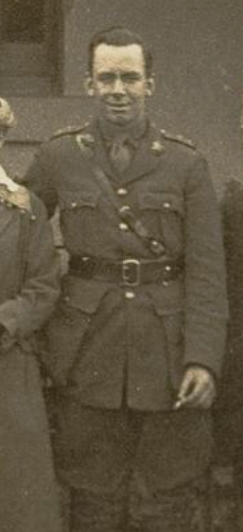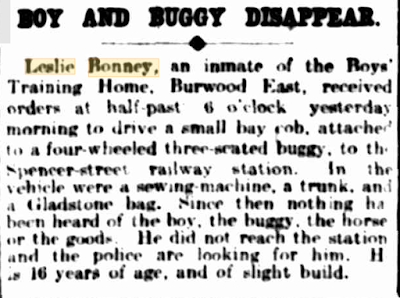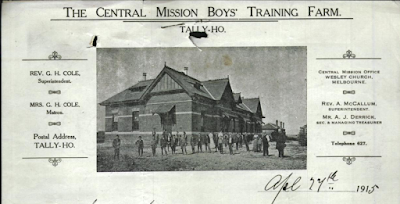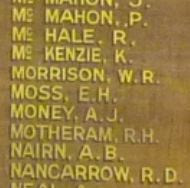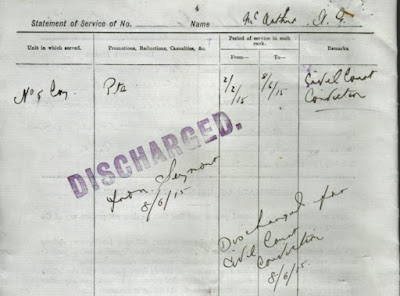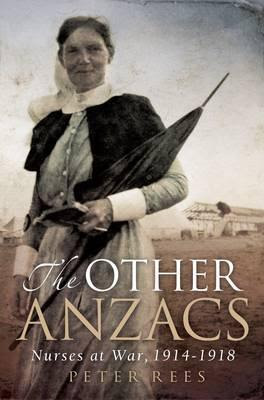Welcome home, Brunswick. Courtesy Museums Victoria. MM110913.
Although this story isn't about a Coburg soldier, this is such an evocative photograph of the times that I wanted to include it here.
There must have been many welcome homes like this one, all around the country, but this particular welcome is for Leslie Bonney. He was born in Brunswick but raised in care, and his aunt and uncle Thomas and Mary Jane Taylor hosted the event at their home at 63 (later renumbered to 31) Glenlyon Road, Brunswick.
Leslie Bonney was born to unmarried mother Cordelia Bonney in Brunswick in 1896. His mother died when he was only five and he grew up in care, most probably in Methodist homes. We do know that he was at the Tallyho Boys Home in Burwood East (run by the Methodist Church) in 1911 when as a 16 year old he became the victim of what we might call today 'fake news'.
Argus, 25 August 1911
Argus, 26 August 1911
So, it was Rev G.H. Cole, superintendent of Tallyho who was Leslie's legal guardian and gave his consent for the 19 year to enlist in July 1915.
(National Archives of Australia - Leslie Bonney's dossier)
When 3247 Pte Leslie Bonney enlisted in July 1915 and joined the 11th Reinforcements of the 7th Battalion, he was a farm labourer working at Jung, near Horsham, in Victoria's Wimmera. His guardian, as we know, was Rev G.H. Cole of Tally-Ho, the Methodist Central Mission's Boys Training Farm. However, his next of kin was his mother's sister Mrs Mary Jane Taylor, who lived at 63 Glenlyon Road, Brunswick.
Leslie must have shown promise as a soldier, because after serving in France and suffering a shoulder wound, he was selected to go to Officer Cadet School in Oxford and by August 1918 he returned to France as a Lieutenant.
Back in Australia by July 1919, he returned to the land and lived variously at Minyip, Poomah via Nyah (NSW) and finally Swan Hill. He married Mary Eleanor Pearce in 1925. She died at Swan Hill in 1954 and he died there in 1971.
His aunt and uncle remained in their Glenlyon Road home until their deaths. Thomas Taylor died in 1922 aged 55. Mary Jane Taylor (nee Bonney) died in 1933 aged 62. They are buried in the Presbyterian section of Fawkner Cemetery with their unmarried daughter Catherine who died in 1985.

